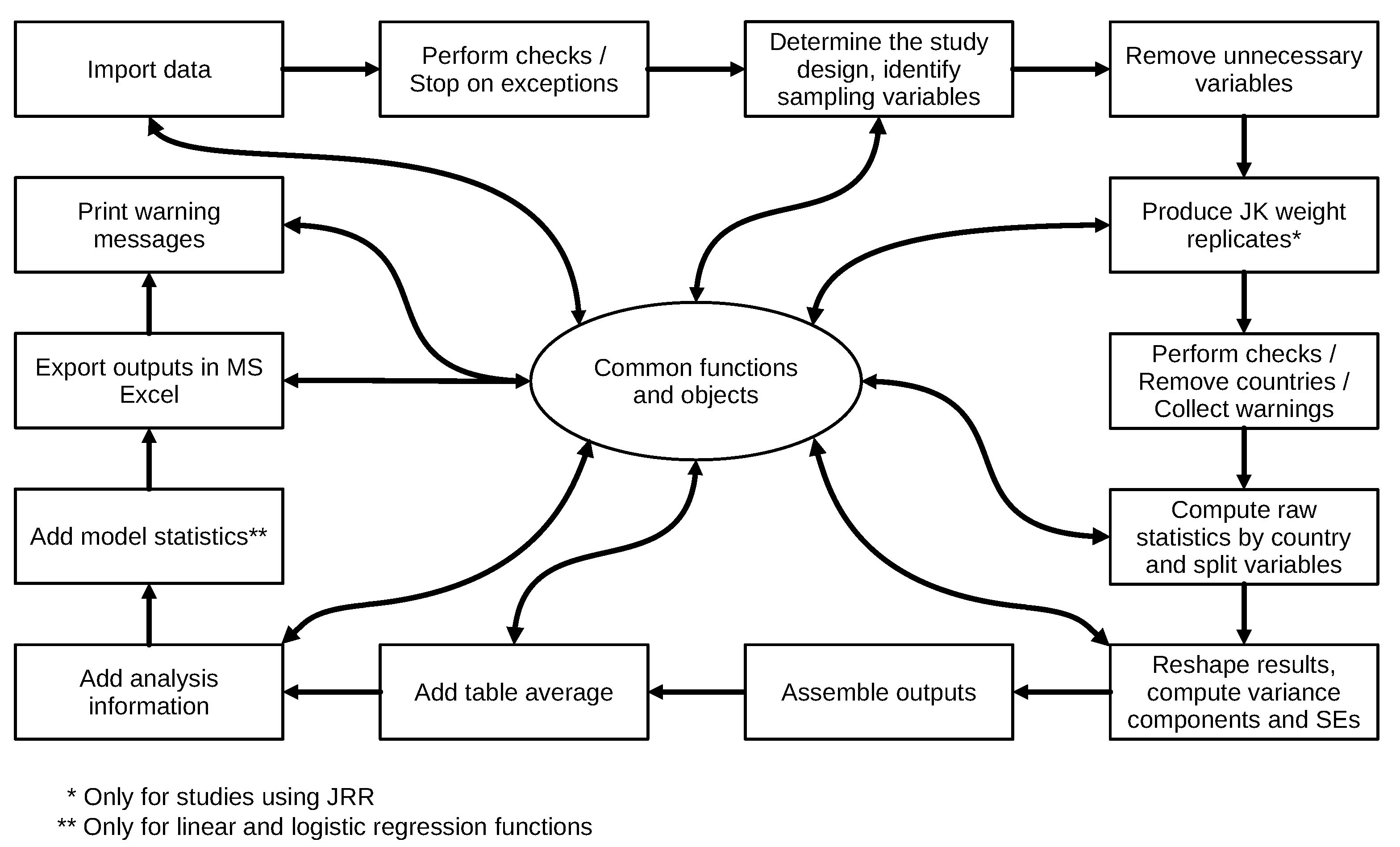

An investigation into the influence of soil cation exchange capacity on preservative component deletion.

This research will help develop a standard laboratory method for soil-contact leaching of metals from CCA and other copper-based preservative systems.Īrcher, K., and L. Depletion of Cu and As from CCA-treated wood appears to be differentially related to various soil properties as well as to initial As and Cu retention in the wood. The amount of As and Cu leached was influenced by soil properties. Generally, more Cu leaching occurred from specimens in soil contact compared to specimens in water, suggesting that ground-contact leaching studies of the new copper-rich systems should employ soil-based methods for realistic depletion measurements.

Average Cu loss was approximately equal to or greater than As loss for specimens exposed to soil for specimens leached in water, As loss was about twice that of Cu loss. Leaching was greater from specimens with higher initial As and Cu retentions. Loss of Cu and As was measured using X-ray fluorescence and correlated with various physical and chemical soil properties. Specimens were leached by an accelerated laboratory method for 12 weeks in soil obtained from different locations or in water. This paper reports a statistical analysis of the effects of soil and wood properties on leaching of arsenic (As) and copper (Cu) from southern yellow pine sapwood treated with chromated copper arsenate (CCA-C). Soil properties and wood characteristics can affect leaching of wood preservatives, but these effects are not well understood. Leaching of wood preservatives affects the long-term efficacy and environmental impact of treated wood. CCA-C, depletion, leaching, soil, wood preservative Abstract


 0 kommentar(er)
0 kommentar(er)
